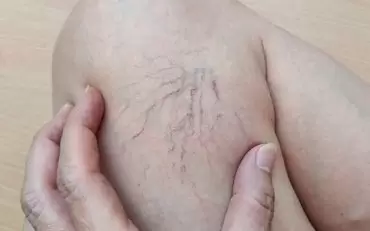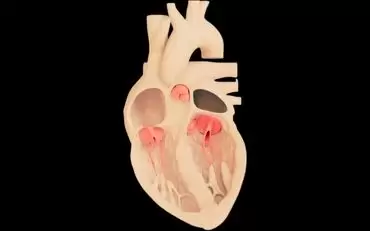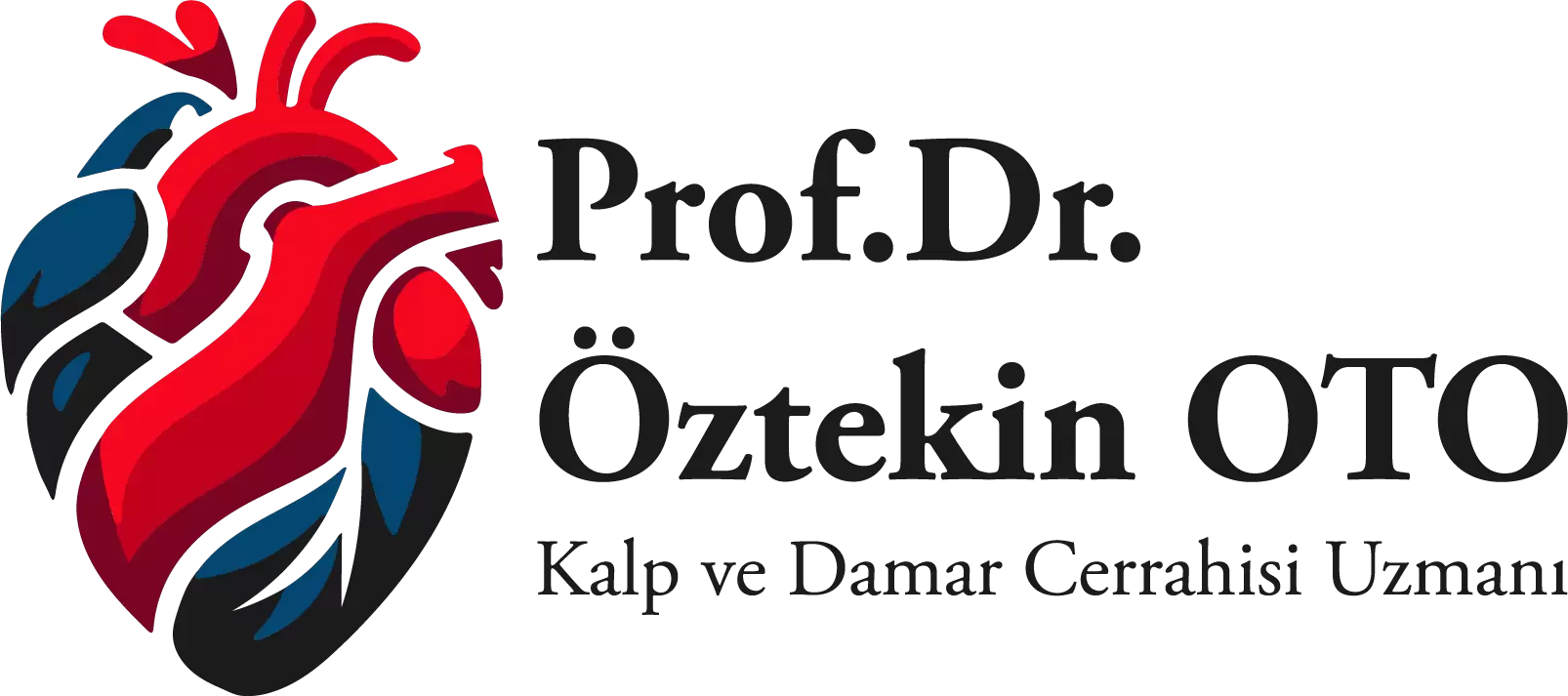29 Oca
Coronary Bypass Operations
What is the Coronary Artery Disease?
Heart is composed of a muscular tissue which is pumping blood to the body. Coronary arteries are the arteries that provide the heart muscle with blood, and the heart with oxygen and other substances. These arteries can be congested or stenosis may occur with the accumulation of substances such as cholesterol, fat deposits, various cells, calcium etc. As a result of the reduction in the flow of blood through the arteries, chest pain can occur during the movements or rest. Complete congestion in the artery will cause heart attack.
How to apply coronary bypass surgery
Coronary surgery is classical an open heart surgery. That is, after opening the chest, the heart is connected to the lung machine and the heart and lung are disabled. The heart and lungs function of the heart and lungs mechanics while the heart stopped by the coronary artery obstruction is going to bridge the blood surgery is done. Nowadays the most preferred right and left breast for this bridging process is arterioles. Arterial grafts can remain open for many years longer than arterial grafts taken from the bladder. For this reason, I use the left arm splinting vein frequently in the bypass operations after the right and left breast splinting veins.  In this picture, you can see the bypass of the left atrial descending artery of the mammary artery and the left anterior diagonal dala bypass of the arm artery and the right coronary artery bypass of the arterial vein. A second form of coronary artery bypass surgery is bypassing the heart without interrupting the heart-lung machine without stopping the heart. I apply this method which I apply very often frequently in the last 5 years only in certain situations. Newadays gold standard for coronary artery bypass grafting is the use of two-sided mammary artery veins and, if possible, bridging in the arterial artery.
In this picture, you can see the bypass of the left atrial descending artery of the mammary artery and the left anterior diagonal dala bypass of the arm artery and the right coronary artery bypass of the arterial vein. A second form of coronary artery bypass surgery is bypassing the heart without interrupting the heart-lung machine without stopping the heart. I apply this method which I apply very often frequently in the last 5 years only in certain situations. Newadays gold standard for coronary artery bypass grafting is the use of two-sided mammary artery veins and, if possible, bridging in the arterial artery.
Is Coronary Bypass Surgery a Risky Operation?
Our technology in coronary artery bypass grafting has greatly reduced the risk of coronary artery bypass graft surgery in the world and in our country. Nonetheless, the reasons for the increased risk include the patient's advanced age, severe loss of strength due to a previous heart attack, and significant risk of loss of function in non-cardiac organs and systems. In general, statistics for each country show that bypass is 1-2 times more risky than men's.
In Which Situations Is Bypass Surgery Preferred?
Coronary bypass should be preferred if there is significant occlusion of the heart-feeding coronary vessels and if there is occlusion in the left main coronary artery. Coronary bypass should be used if the coronary artery is re-occluded by non-operative methods (stent) or if multiple coronary vessels can not be opened with non-operative stent method.
What to do to be protected from the Coronary Artery Disease?
The coronary by-pass is provided with blood supply beyond the occluded vein, thereby providing the heart's normal re-feeding. However, atherosclerosis is still continuing. Therefore, it is necessary to check the risk factors that cause arterial stiffness of the bypassed patient, such as obesity, high blood pressure, diabetes, high blood fat and non-smoking. Thus, arterial stiffness, ie atherosclerosis, should be controlled after bypass surgery. Bypasstan should avoid hard movements for healing of the breastbone at the next 1-1.5 months. But then the patient should return to his professional life and continue an active life. If there is a sport you have done before, you should go ahead in consultation with your doctor. At least one hour walk per day should not be neglected.
Frequently Asked Questions
1- Does Age Surgery Increase Risk?
Additional kidney failure due to age in the patient, height of creatinine, indulgence, The presence of special conditions such as KOAH may increase the risk. Ama tek başına yaş bir risk faktörü olarak tanımlanmamaktadır.
2- Is Coronary Bypass Possible In Cancer Patient?
Yes. In these cases, the oncologist who treats the cancer of the patient may need to assess the life expectancy of the patient. We can perform coronary artery bypass surgery and other open heart surgeries in cases such as breast cancer, colon cancer and lymphoma which have a high life span of 5 years.
3- What does surgery increase risk the most?
It is important to increase the risk of post-operative risk because the patient has suffered multiple crises before the surgery and the heart muscle is very damaged, the coronary vessels are too thin, the KOAH is advanced in the patient, and the renal function is severely impaired but the dialysis has not yet started.
4- In Which Situations Where Bypassing Is Made Without Stopping The Heart In The Heart or Running Heart?
We do coronary bypass without connecting the heart to the lung machine. I have been using this technique in limited circumstances recently, although I am not one of the surgeons that started this very first in Turkey years ago. I prefer this technique if the vessel diameter is over 2 mm and more bypassed in front of the heart and side face. I choose this technique in some patients whose heart muscle is very broken.
5- Can Bypass Operation Be Again After Coronary Bypass Once?
Yes. If the bypass made in the left anterior descending branch of the heart is clogged and the stent can not be made, coronary bypass can be performed again. In this case, an arterial graft should be used for this vein like a right breast arterial vessel.
6- Do Coronary Bypass Surgery Work During Together?
Yes. The repair of the aortic valve stenosis in the elderly and the failure of the mitral valve connected to the aortic valve are the most common "cohort" operations during coronary artery bypass surgery. Bunun dışında da yapılması gereken bir kalp ameliyatı varsa o da eş zamanlı olarak gerçekleştirilir.
Related Articles

Heart Attack
A heart attack occurs when there is a blockage in the coronary arteries, which are the vessels..
Read More
What is Varix?
Varix is a severe disease of the veins mostly delayed in treatment as it is generally considered as ..
Read More
Minimally Invasive Heart Valve Surgery
Valve diseases are quite common in the society affecting all age groups. There are 4 chambers in the..
Read More




